Saint Francis’ Satyr Butterfly Facts
- The stunning Saint Francis’ Satyr Butterfly ranks as the fifth rarest known species of butterfly in the world. Ironically, this Lepidoptera shares part of its habitat range with yet another very rare butterfly. That species is the Mitchell’s Satyr Butterfly.
- Amazingly, though, science actually did not discover this remarkable species until the year 1983. Subsequently, the first official description of the wonderful invertebrate occurred in the year 1989. Since then various studies of the insect have been ongoing.
- Following that acknowledgement, the gorgeous insect became listed as federally endangered species by the U.S. Fish and Wildlife Service in the year 1995. But surprisingly, the gorgeous Saint Francis’ Satyr Butterfly does not appear on the IUCN Red List.
- Nevertheless, its populations numbers earn it the distinction it holds as the fifth rarest of all butterflies. Estimates place its population at between 500 -1,400 individuals. Understandably, it now faces numerous threats to its continued existence.
- Regrettably, due to the nature of its habitat range, the ongoing threat of habitat loss currently poses a very real and present danger to the creature. However, this stunning Lepidoptera also faces the looming threat of climate change, much like many species.
Related Articles
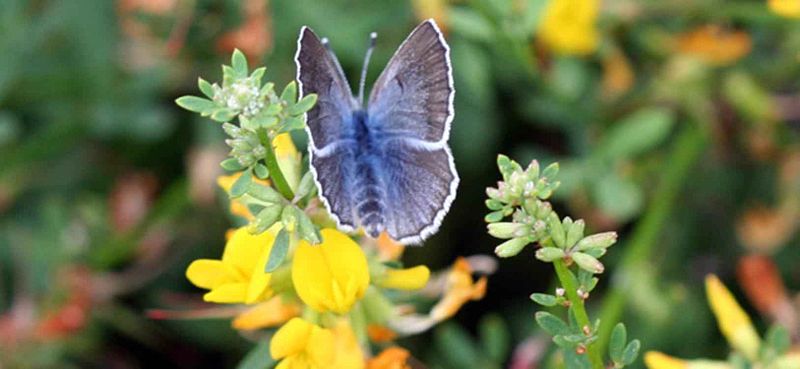
Palos Verdes blue
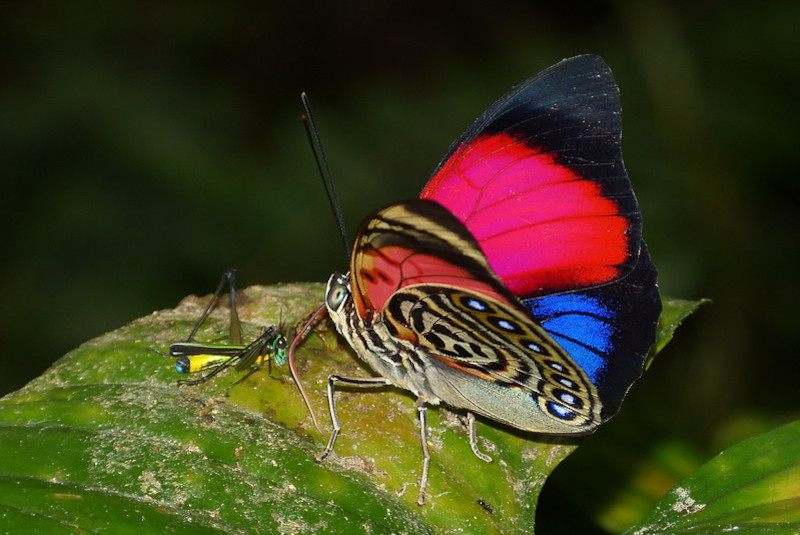

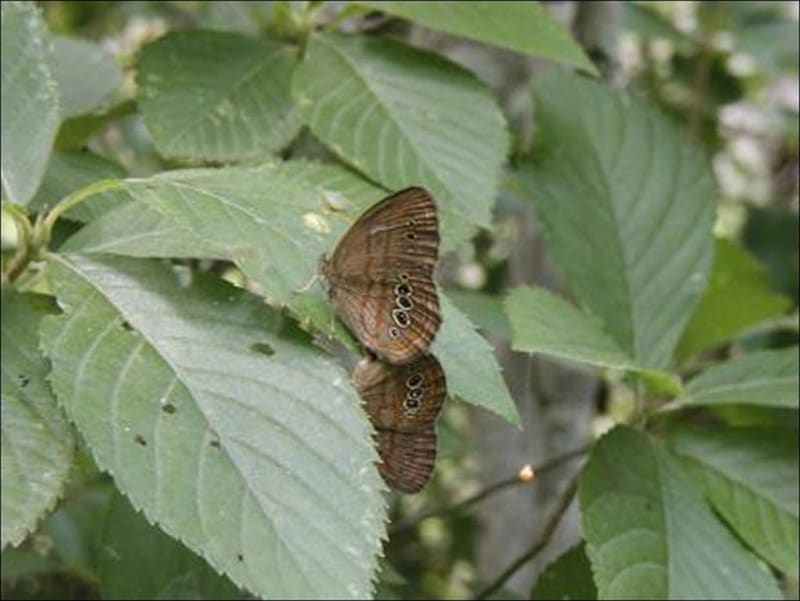
Saint Francis’ Satyr Butterfly Physical Description
Firstly, regardless of its great beauty, the delicate Saint Francis’ Satyr Butterfly remains a physically small variety of butterfly. Secondly, the lovely arthropod also displays a very slight degree of the physical characteristic of sexual dimorphism.
In the case of this insect, however, this physical trait displays itself in terms of very slight size and coloring differences. Although females do tend to be slightly larger, an overall average wingspan for the insect equals about 1.34 – 1.73 in (34 – 44 mm).
Plus, the overall color scheme of the awesome invertebrate presents a general background of a shade of light brown. Males also tend to be a slightly darker brown in color. Additionally, a number of small oval spots appear on the lower surfaces of the wings.
Also, these spots of the Saint Francis’ Satyr Butterfly typically possess a dark brown center. Yet inside of these appears a light, almost opalescent patch, with a silvery shade. These spots further display a dark yellow border around them.
In turn, this narrow border has its own outer border of dark brown. Finally, though, two comparatively bright orange bands accent these, between them and the edges of the wings. The net effect gives the insect a most striking physical appearance.
- Kingdom: Animalia
- Phylum: Arthropoda
- Class: Insecta
- Order: Lepidoptera
- Family: Nymphalidae
- Genus: Neonympha
- Species: N. mitchellii
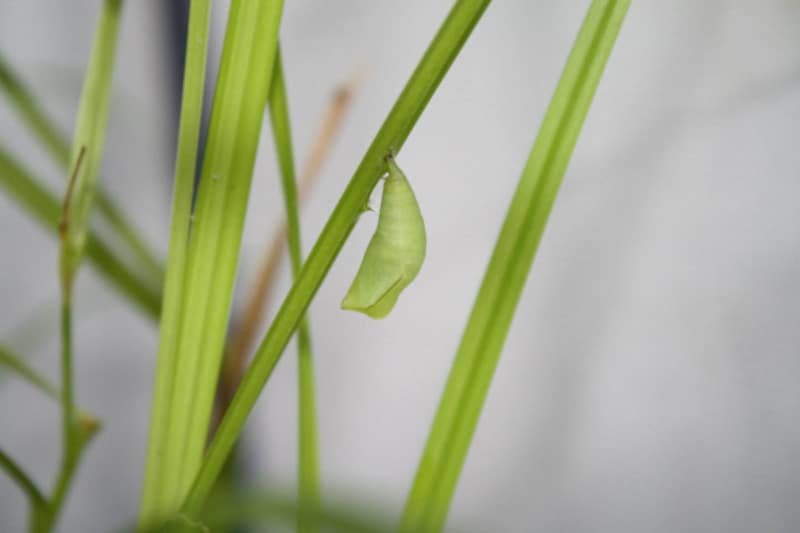
Saint Francis’ Satyr Butterfly Distribution, Habitat, and Ecology
The dazzling Saint Francis’ Satyr Butterfly inhabits an extremely limited habitat range. Firstly, that range falls within the boundaries of the United States, in North America. Secondly, that range remains further limited to only the single state of North Carolina.
Even within this area, the butterfly only has an extraordinarily limited territory. That holds true due to the fact that it appears only in the area covered by the military base, Fort Bragg. This lies in an area that covers small portions of four separate counties in the state.
Even there, the Saint Francis’ Satyr Butterfly inhabits a specific type of habitat. That consists of regions of broad, damp meadows. Further, these also must have a strong diversity of different types of sedges, and located in close proximity to gently flowing streams.
Just like other types of butterflies found throughout the world, this species has a liquid diet. Also following the pattern of most related species, adults primarily feed on the nectar of various local flowers. This does, however, leave them dependent on them.
Nevertheless, this gorgeous Lepidoptera will also occasionally consume other things. These most commonly consist of pollen, sap, or rotting fruit. But the caterpillar form only feeds on various leaves. These, however, it consumes voraciously.
Species Sharing Its Range
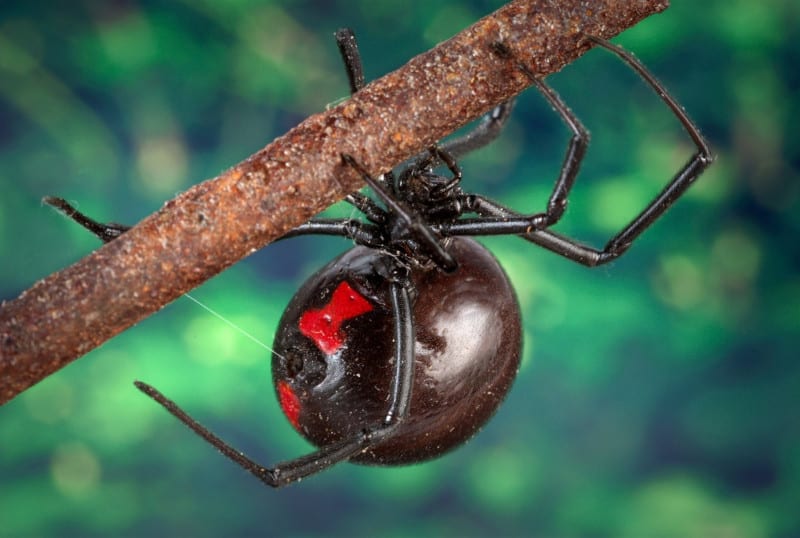

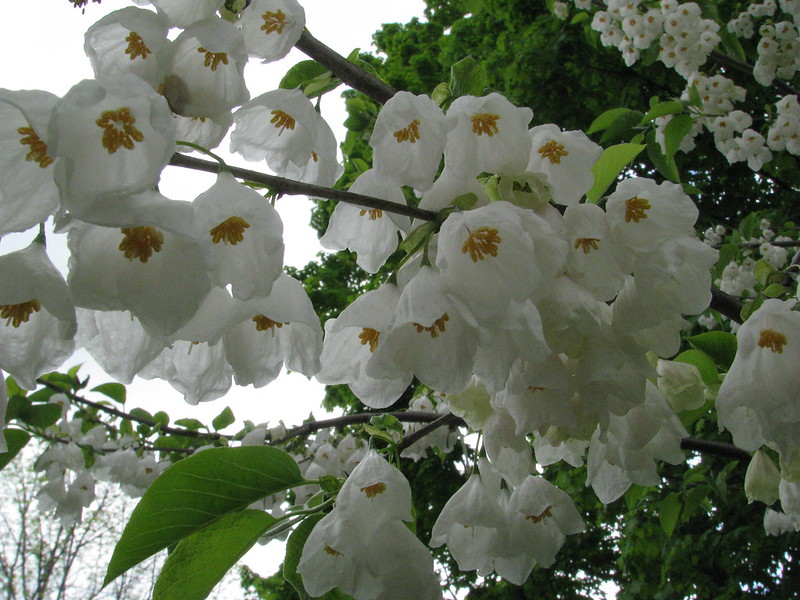
Check out our other articles on 5 Amazing Galapagos Islands Species, Black Rain Frog, Coyote Gulch, Plumed midge-orchid, Scottish Wildcat, Armored Sea Robin, June Bug, Plumed Basilisk
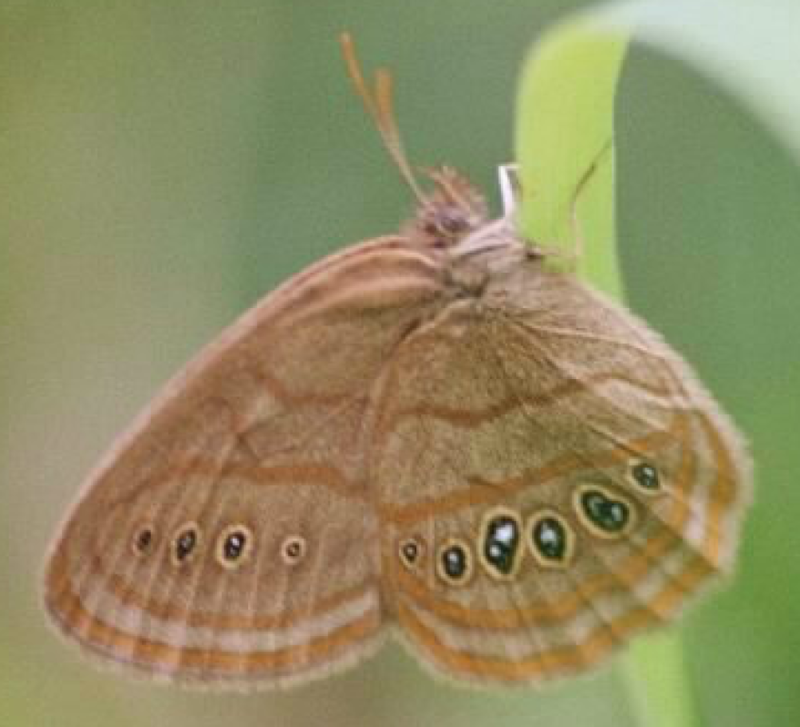









Leave a Reply